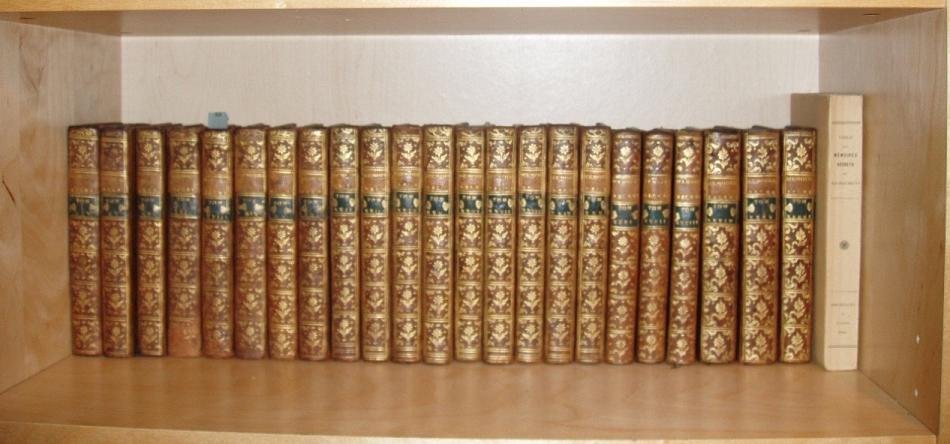This project uses database technology to map the French book trade across late-Enlightenment Europe, between 1769 and 1794. It charts best-selling texts and authors; reading tastes across Europe; changing patterns of demand over time; and networks of exchange in the print-trade.

The project tracks the movement of around 400,000 copies of 4,000 books across Europe. It details, where possible, the exact editions of these works, the routes by which they travelled and the locations of the clients that bought or sold them.
As French was the international language of the period, widely read by Europe’s elites, these books include many of the most significant publications of the period. As such, we hope that the resource will be of interest not only to specialists in book history or French history or literature, but to anybody with an interest in the dissemination of ideas in the European Enlightenment.
By making the database both freely accessible and user-friendly, we envisage that the resource will be of use to higher-education educators, and their students, interested in any of the above subjects.
The database was published online on 25 June 2012. Drawing upon the database, the project’s outputs will also include at least two books, written by Simon Burrows and Mark Curran, and a series of academic articles.

Moreover, as eighteenth-century publishers routinely served as wholesalers for works produced by other publishers, and attempted to supply the entirety of their clients’ needs, it also has considerable representative value, once the prevalence of its own editions in the records is taken into account.
Because the STN traded from outside France, it was able to deal in all genres of book, including illegal and pirate editions banned inside the kingdom. The STN boasted clients in cities all over Europe, including major booksellers and publishers in Dublin, London, St Petersburg, Stockholm, Amsterdam, Madrid, Warsaw, Naples, as well as the German and French-speaking countries. This makes it possible to use the STN archives as the basis for international comparisons of reading tastes during the late Enlightenment.
By exploiting the STN’s double-entry account books, it has been possible to reconstruct almost their entire trade – both from where every book came and to whom it was sold, as well as when each transaction occurred. Alongside this information, the database records the genre, function and content of each work sold. The web-based user interface allows users to interrogate the database by a considerable range of fields, including author, title, publisher, subject matter, genre, and time-period, in addition to the names and places of residence of individuals who supplied or ordered STN books. Specialised queries allow users to go further, for example identifying bestsellers for any given place or time period.
Users can also interrogate sales figures and distribution patterns for subsets of data – defined by, for example, author, keyword, original language of publication, etc. – thus examining sub-sections of the trade. If a researcher or educator wishes to compare the sales of Madame de Genlis across northern Europe to those of Rousseau, for whatever reason, they have the ability.
The database will, as such, we hope, be an important resource to scholars. Although the STN’s archives have been mined for the last 50 years, previous studies have tended to map only corners of the trade, concentrating on the correspondence and orders of individual book dealers. In contrast, this project provides the big-picture missing from case-study or sample based approaches. It charts the totality of the STN’s trade with all of Europe. Moreover, it aims to be an exemplar for small-to-medium sized research-team based digital humanities projects, creating a focused and valuable resource of interest to a wide number of scholars.
Following the award of further seedcorn funding to Simon Burrows by the University of Western Sydney, a series of carefully selected further datasets drawn from other archives will be added to the FBTEE database across the next few years. Details will be announced on the project blog periodically.